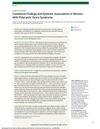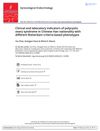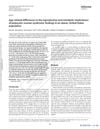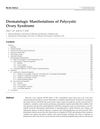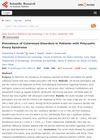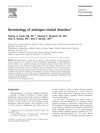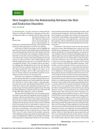Rotterdam Criteria–Based Diagnostic Subtype Is Not a Strong Predictor of Cutaneous Phenotype in Patients With Polycystic Ovary Syndrome: A Cross-Sectional Study
June 2017
in “
Journal of The American Academy of Dermatology
”
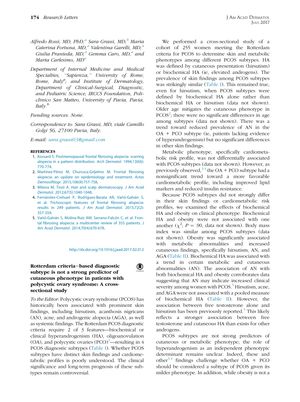
TLDR The type of PCOS a woman has doesn't strongly predict her skin or metabolic symptoms; obesity is a more important factor.
In the 2017 cross-sectional study involving 255 women with polycystic ovary syndrome (PCOS), researchers found that the different PCOS subtypes, as defined by the Rotterdam criteria, did not significantly predict variations in skin manifestations such as hirsutism, acanthosis nigricans, acne, and androgenic alopecia, nor did they predict differences in metabolic phenotypes and cardiometabolic risk profiles. Obesity was identified as a significant factor associated with both metabolic abnormalities and increased skin findings, while the impact of biochemical hyperandrogenism on these phenotypes was less clear. The study concluded that PCOS subtypes are not reliable indicators of cutaneous or metabolic phenotype, suggesting that obesity should be a primary focus in PCOS management, and questioned the classification of the OA + PCO subtype due to its less severe phenotype.
